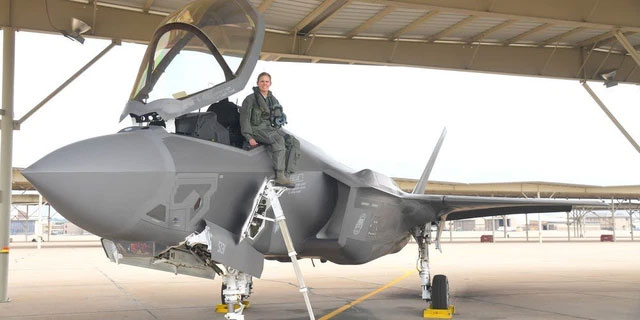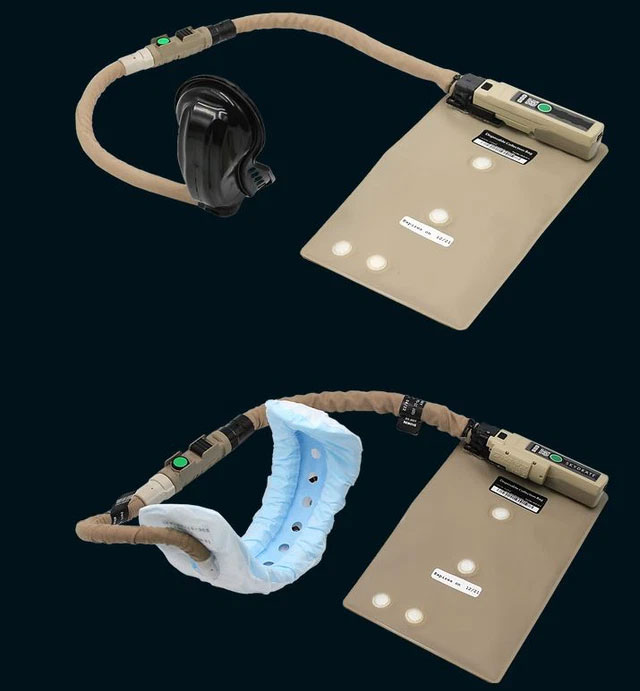The U.S. Air Force is adopting a new technological solution to help its fighter pilots, particularly female pilots, urinate more easily during flights. This has long been a “headache” issue for pilots who need to answer the “call of nature” in a cramped cockpit.
In a press release yesterday, December 1st, the Air Combat Command (ACC) announced that they would be receiving a “bladder relief kit” on the Omni Gen 3 Skydrate aircraft in the near future.
This new system features a larger collection bag, a variety of hose lengths, and improved flow rates, along with other enhancements. Most importantly, pilots can “turn it on and off” with just one hand.
Last year, the U.S. Air Force began searching for solutions to this issue, noting that the service “needed an improved bladder relief system that would allow female pilots to relieve themselves and reduce stress during flights without interfering with operations or compromising safe landings.”

A female fighter pilot in an F-35A.
Global operational demands and in-flight refueling have increased flight times for pilots over the years. For example, during trans-Pacific missions, typical flights can easily extend beyond ten hours.
Meanwhile, current “bladder relief” technology has not sufficiently supported the needs of these long flights.
ACC explained: “The Air Force recognizes that current equipment is not optimized for long-duration missions, and as a result, crews often dehydrate themselves to postpone the need for bladder relief.”
This is a significant issue for pilots, especially female pilots, who the Air Force noted previously often “employed dehydration tactics” to avoid the challenges and potential dangers of having to “relieve” themselves on board.
Dehydration can lead to several serious physical and mental health issues, such as reduced stress tolerance and increased risk of fainting due to impaired cognition and vision. Additionally, there are various risks of developing problems like kidney stones, urinary tract infections, and other health concerns.
Beyond the potential harm to pilots, issues with the bladder relief system have also led to aircraft losses. For instance, in a 1992 incident, a veteran F-16 pilot crashed his fighter jet into a hillside in Turkey while trying to “relieve pressure.” The pilot ejected safely, but the $18 million aircraft was destroyed.

The Skydrate system for men (top) and women (bottom) advertised on Omni’s homepage.
The Skydrate system has been developed and tested over the past year. ACC reported that 30 female pilots have tested it, a system that male pilots can also use, during flight tests lasting several hours.
Lieutenant Colonel Nikki Yogi, an F-35A pilot who participated in the testing and had a rather poor experience with previous systems, stated: “Pilots should focus on fighting the enemy, not on whether their bladder relief device works or if it is comfortable to use.”
The first shipments using the new Skydrate system are set to occur early this month, and crews will have access to them by spring next year. The service provider is also considering alternative designs to offer options for pilots, allowing them to choose the system that best suits their needs.


















































